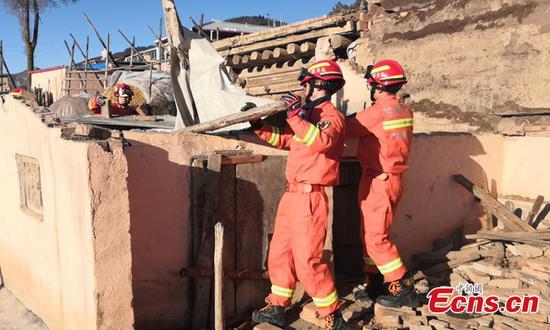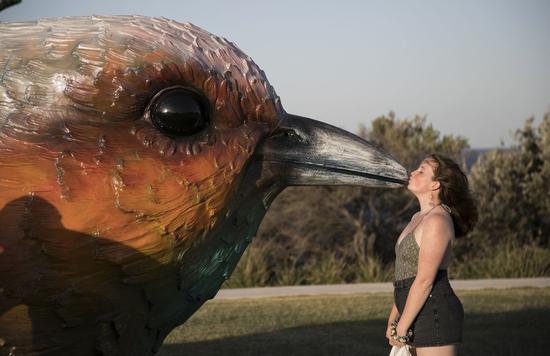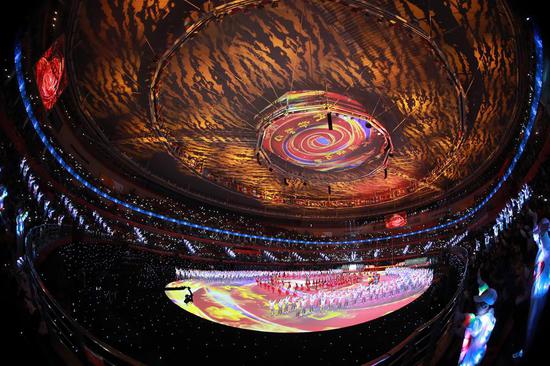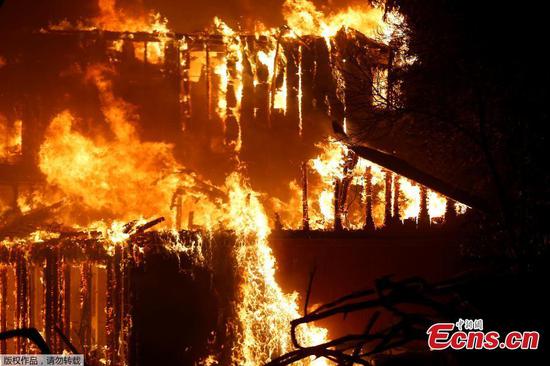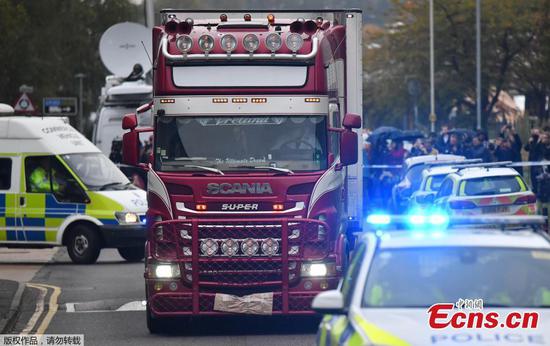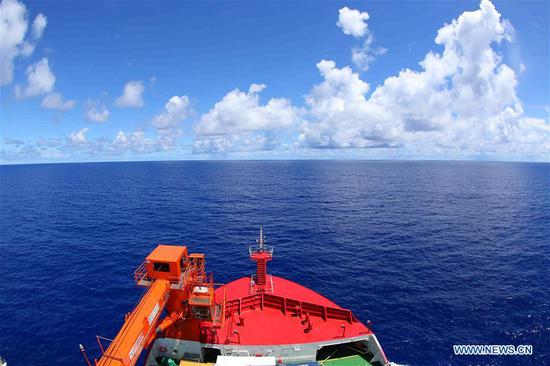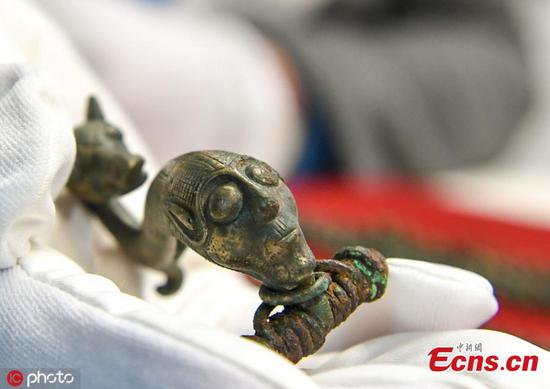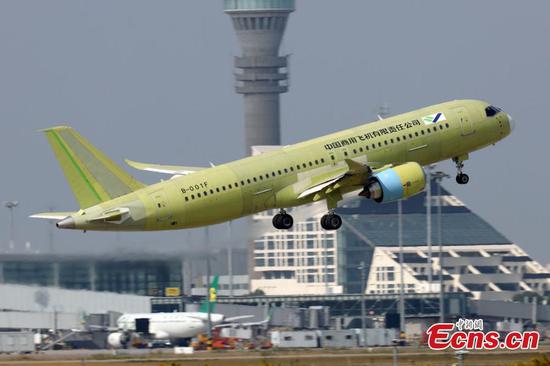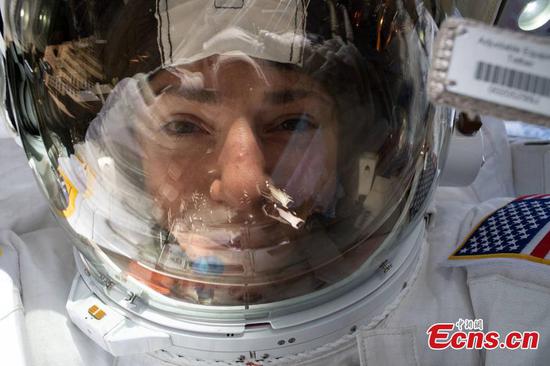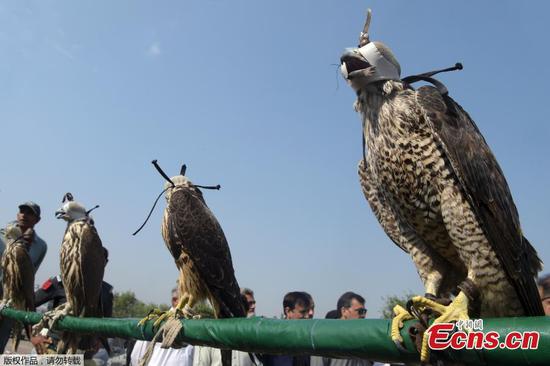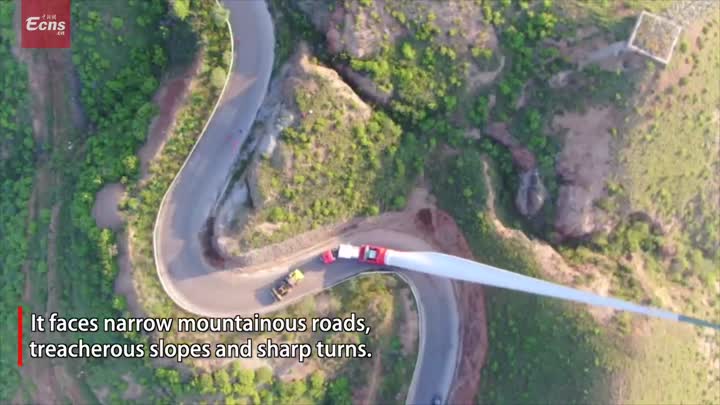Airliner still out of service year after Indonesian crash
Several days after a Boeing 737 MAX flown by Lion Air plunged into the sea off Java, Indonesia, family members of those killed scattered flowers on the water, their faces contorted in grief. Some wept quietly.
Five months later, mourners gathered in Addis Ababa, the Ethiopian capital, for a memorial service after a Boeing MAX flown by Ethiopian Airlines slammed into the ground at about 885 kilometers per hour shortly after takeoff.
Relatives were offered small bags of scorched earth from the crash site to bury, as most of the victims had perished in a fireball that swept through the plane.
The crashes — on Oct 29 last year in Indonesia , and March 30 in Ethiopia — killed a total of 346 passengers and crew. Both incidents involved Boeing 737 MAX, a single-aisle, medium-range twin-engine planes. The aircraft is the manufacturer's top seller and is priced at about $135 million.
One year after the crash in Indonesia, the 737 MAX remains grounded, and beyond the central question of how and when the plane will be recertified to resume commercial flights, there is one other: Will passengers believe the MAX is safe?
Investigators have focused on the automated anti-stall device that may have erroneously pointed the noses of the planes down to gain speed to prevent a midair stall, sending them instead into fatal plunges.
China was the first country to ground the aircraft and the United States the most recent.
Development of the MAX was announced in 2011, and the plane entered commercial service six years later. It had been flown safely worldwide, suggesting that the pilots may bear some of the responsibility for the two crashes. But a key issue is how the Federal Aviation Administration , or FAA, certified the aircraft.
Robert Mann, president of aviation consulting company R.W. Mann & Co in Port Washington, New York, said: "With any aviation accident, it's never just one thing. It's a series of faults that together create an unfortunate outcome. The MAX is systemically fixable."
The aircraft derived from the designs of earlier planes.
The first Boeing 737 flew in 1967, and some 10,500 variants in four generations have been built in the Original, Classic, Next Generation and MAX classes. Boeing updated its design as required. This keeps costs down.
The company has about 4,600 MAX orders pending. In April, it reduced production of the aircraft to 42 planes a month from 52, but expects to boost output to 57 a month by the end of next year.
Updating an existing plane meant pilots needed only a short training program based on computers to qualify to fly the MAX, rather than costly and time-consuming training on a flight simulator.
American Airlines, one of Boeing's best customers for more than 10 years, said it was close to buying several hundred planes from Airbus, Boeing's chief competitor.
Boeing knew it had to act aggressively and quickly to preserve its market share, and abandoned plans for an entirely new plane because design, testing and certification by the FAA and other regulators could take as long as 10 years. Instead, the company updated an existing plane, the NG.
Key changes
The new, fuel-efficient engines on the MAX are larger and positioned farther forward on the wing and closer to the fuselage than those on the NG, its predecessor.
The extra weight changed the plane's handling characteristics, meaning that the MAX performed differently than previous versions of the Boeing 737. The nose of the new model could rise when flying at low speeds or unexpectedly when cruising. If the nose rose too high, the plane could go into an aerodynamic midair stall.
To compensate, Boeing developed the Maneuvering Characteristics Augmentation System, or MCAS, an automated anti-stall device designed to point the nose of the plane down to gain speed to avoid a stall.
Boeing sought to develop a plane that flew like previous versions of the 737 — and succeeded. Pilots familiar with the NG could easily fly the MAX. But the company did not immediately inform pilots about MCAS, its purpose or how to override it in an emergency.
Investigators believe MCAS may have erroneously pointed the nose of the planes involved in the Indonesian and Ethiopian crashes down and into a fatal plunge.
Initially, Boeing did not include details of the MCAS in the manual for pilots, because it believed the software would work unobtrusively in the background. The first MAX fuselage was completed in 2015, while the first test flight was carried out without incident in January 2016. The FAA certified the plane for commercial service in March the following year.
Regulators worldwide followed the FAA's lead and quickly issued approvals. In May 2017, the first delivery was made to Malindo Air, a subsidiary of Lion Air, and the carrier's first commercial flight took off later that month. At the time of the crashes, there were about 300 737 MAX jets in service around the world.
















